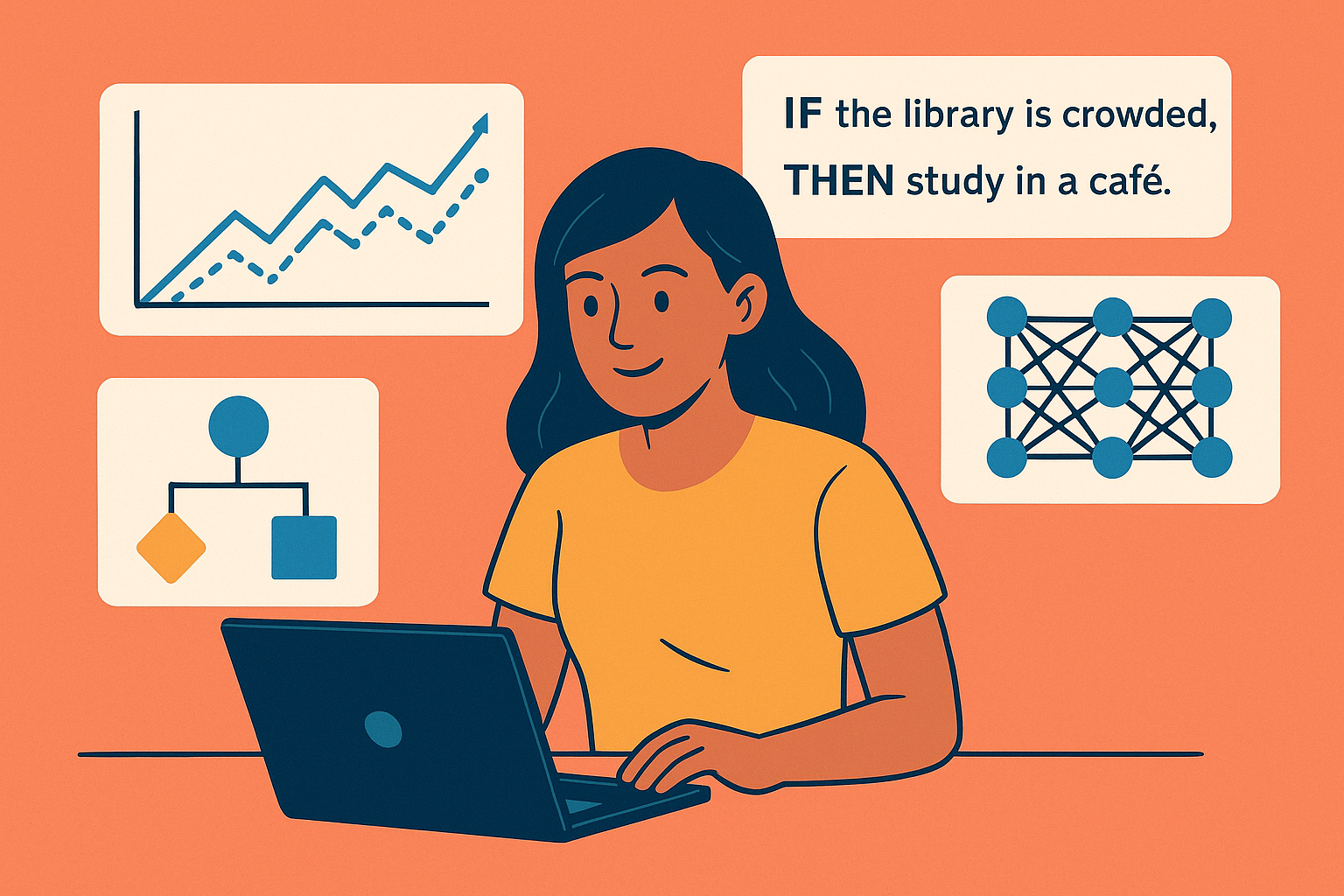
You check your phone and see a notification. Tap or ignore. Yes or no. That tiny choice decides what you see next, which ad appears, and which song autoplays. John Archibald Wheeler, a physicist with a flair for bold ideas, argued that the universe itself works a bit like that. He claimed every “it” in the world—particles, fields, even space and time—gets its meaning from “bits,” the simple yes-no answers our measurements pull from nature. He called it “it from bit,” and he thought observer participation is not a footnote, but the starting point.
According to Wheeler, an experiment is like asking nature a clear question and writing down a clean answer. No question, no answer. When a detector clicks, we often say “a photon did it,” but what we truly have is a recorded yes-no event, a single bit that makes the story real for us. In another example, turning on a hidden magnetic field shifts an interference pattern; the shift is again read as counts—yes–no answers that reveal the field. Even black holes, the ultimate cosmic mystery, carry “entropy” that can be read as the number of hidden bits about how they were formed. Everyday version? Think of scanning a ticket at a concert: the gate doesn’t “know” you until your QR code returns a yes. The event becomes real for the system at the moment of that verified click.
Wheeler also lays down four shake-ups: no infinite “turtles all the way down,” no eternal prewritten laws, no perfect continuum, and not even space and time as basic givens. He urges a loop: physics gives rise to observer-participancy, which gives rise to information, which then gives rise to physics. Meaning isn’t private; it’s built through communication—evidence that can be checked and shared. That’s why the past, in this view, is what’s recorded now; our arrangements today decide which path that ancient photon “took” when we finally measure it. In daily life, that’s how group chats settle plans: until a poll closes, there is no fixed “Friday plan.” Once the votes (bits) are in, the plan (the “it”) exists for everyone.
So what’s useful here? First, ask better questions. The choice of question shapes what you have the right to say about the world. Second, respect the click—the simple, reliable bit—because significant patterns grow from countless small answers; “more is different” when many bits combine. Third, remember that meaning needs community. A claim doesn’t count until others can check the evidence. In short, your everyday yes-no choices—what you measure, share, and record—are not trivial. They’re how reality, in Wheeler’s sense, gets built, from the lab to your life.
Reference:
Wheeler, J. A. (1990). Information, Physics, Quantum: The Search for Links. In Feynman and Computation (pp. 309–336). CRC Press. https://doi.org/10.1201/9780429500459-19
Privacy Notice & Disclaimer:
This blog provides simplified educational science content, created with the assistance of both humans and AI. It may omit technical details, is provided “as is,” and does not collect personal data beyond basic anonymous analytics. For full details, please see our Privacy Notice and Disclaimer. Read About This Blog & Attribution Note for AI-Generated Content to know more about this blog project.



